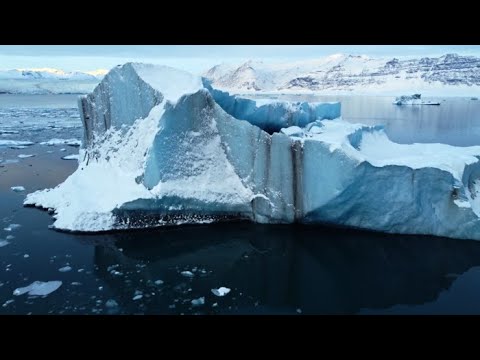Late Season Melting in Greenland (nasa.gov)
Temperatures in some places soared 15°C (27°F) higher than in 2020. At the National Science Foundation’s Summit Station, temperatures were reported to be above freezing (0°C/32°F).
(…)
About 1.7 million square kilometers (656,000 square miles) of Greenland is covered with ice—the planet’s largest ice sheet outside of Antarctica. The ice gains mass through the accumulation of snow and loses it through surface melting and runoff, iceberg calving, and melting at the bottom of tidewater glaciers. As air and water temperatures have risen in recent decades, ice losses have outpaced gains, contributing to sea level rise.
(…)
According to Lauren Andrews, a glaciologist with NASA’s Global Modeling and Assimilation Office, melting events like the one in early September 2022 can affect current and future ice losses.“When the melt season extends beyond its typical duration, the total amount of mass lost during the melt season obviously increases,” Andrews said. “But what isn’t so obvious is that a longer melt season also delays surface snow accumulation. This can, in turn, impact the initial intensity of the subsequent melt season.”
Less snow accumulation in winter means the snow can melt away more quickly in spring and expose large swaths of comparatively dark, bare ice. Compared with bright new snow, these darker surfaces absorb more solar energy, which amplifies melting during the Arctic’s long sunlit days.*
